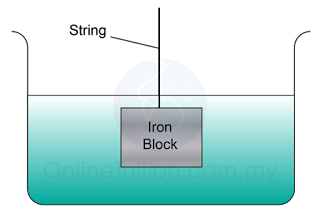(Click on the image to enlarge)
Electricity is the second chapter in Malaysia Form 5 Physics. Image above shows the mind map of this chapter. There are 4 main sub-topics in this chapter, namely Fundamental of Electricity, Arrangement of Resistors, Circuit and Electrical/Energy/Power. Under Fundamental of Electricity, we discuss the meaning of current, potential difference and resistance and their relationship. Under Arrangement of Resistors, we discuss the formulae to find the resistance, current and potential difference. In Circuit, we learn how to find resistance, current and potential difference in a circuit. In Electrical Energy and Power, we discuss the meaning and formulae of electrical energy and power, including power rating and efficiency of electrical appliances.
The following is the list of topic in this chapter.
- Fundamental of Electricity
- Electrical Charge and Field
- Electric Current
- Potential Difference
- Resitance
- Arrangement of Resistors (Series and Parallel)
- Finding Resistance
- Finding Current
- Finding Potential Difference
- Circuit
- Series Circuit
- Parallel Circuit
- Conbine Circuit
- Electromotive Force and Internal Resistance
- Electrical Energy and Power
- Energy
- Power and Power Rating
- Efficiency




























